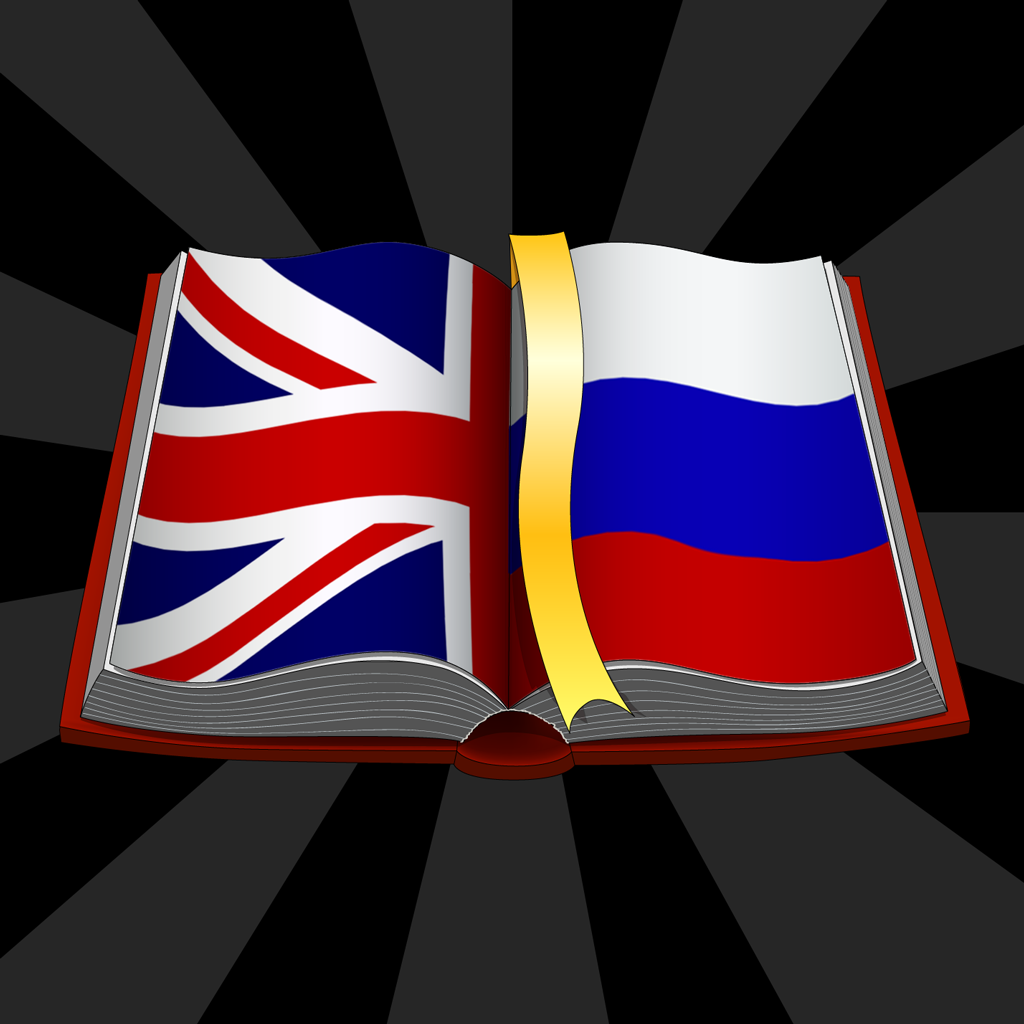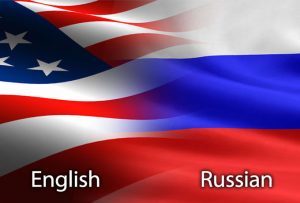
Written English translation. Features of text translation into English
Translation activity is a diverse creative process. Its goal is to convey the content of the original text to a foreign reader in the most complete and accurate way and translate english to tagalog correct grammar.
In theory, there are three types of written translations:

Subscript. It is a word-by-word reproduction of the text, while maintaining the original structure of the sentence. It is used in comments, phraseological units, and also as the first stage of the translator’s work on the material.
Verbatim. A more complete presentation of the text, with a meaningful use of language units of speech and taking into account the context. The context is conveyed using equivalent words, analogies and descriptive translation. If the structure of the sentence allows you to adequately translate the text into English without further artistic processing, then such a presentation may be sufficient. Although very often the literal translation goes beyond the syntactic norms of the language and needs further improvement.
Literary. It does not just accurately reproduce words in another language, but fully conveys the semantic component of the text. The result is a translation of the text into English, which creates the right associations and correct emotional perception for the reader. At the same time, deliberate simplification of the text and abbreviations are not allowed.
These types of translations are used when working with material of any specialized professional orientation, and especially in fiction and poetry.
More stringent requirements are dictated to written translation than to oral translation. All spelling, grammatical and stylistic rules of the language must be fully observed. If reservations, clarifications can be allowed in oral speech, then to write a word or phrase, you must choose one, the most suitable option.
English, despite the relative ease of learning, differs significantly from Russian. These differences give rise to many subtleties accompanying the translation of the text into English.
The most salient features:
Various syntax. The internal interaction of different parts of speech in English and Russian sentences is fundamentally different. It is almost impossible to repeat the original without changing the structure of the sentence. The euphony of a language requires the adaptation of phrases to each other.
The system of times. In English there are twelve, in Russian there are only three. To correctly determine the time that needs to be used when translating into English, you need to be well aware of their differences.
Choice of lexical match. The ambiguity of words is present in both languages. Competent selection of the option depends on a clear understanding of the context and vocabulary of the translator.
Phrasal verbs. There are no endings in English. To convey the relationship between parts of speech, service words are used, for example, prepositions, postpositions, articles. The lack of endings creates another complication – often the noun, verb and adjective have the same spelling. They can be distinguished only in context or based on syntax: different parts of speech occupy their definite position in the English sentence. To correctly translate the text into English, you must clearly understand and follow the structure of the sentence.
Idiomatic expressions. Another mentality gives rise to a specific system of images. To use English idioms correctly, you just need to know them.
A language specialist must be able to carry out in-depth analysis of the translated text and fully edit the draft material. Upon completion of the work, a good translation will fully correspond to the original in meaning and style. High-quality interpretation of the material requires clear knowledge and flexible imagination of the translator.
You May Also Like

Philippine cuisine: delicious secrets of the archipelago
May 10, 2023
Analysis of the Chinese translation market
April 13, 2022

